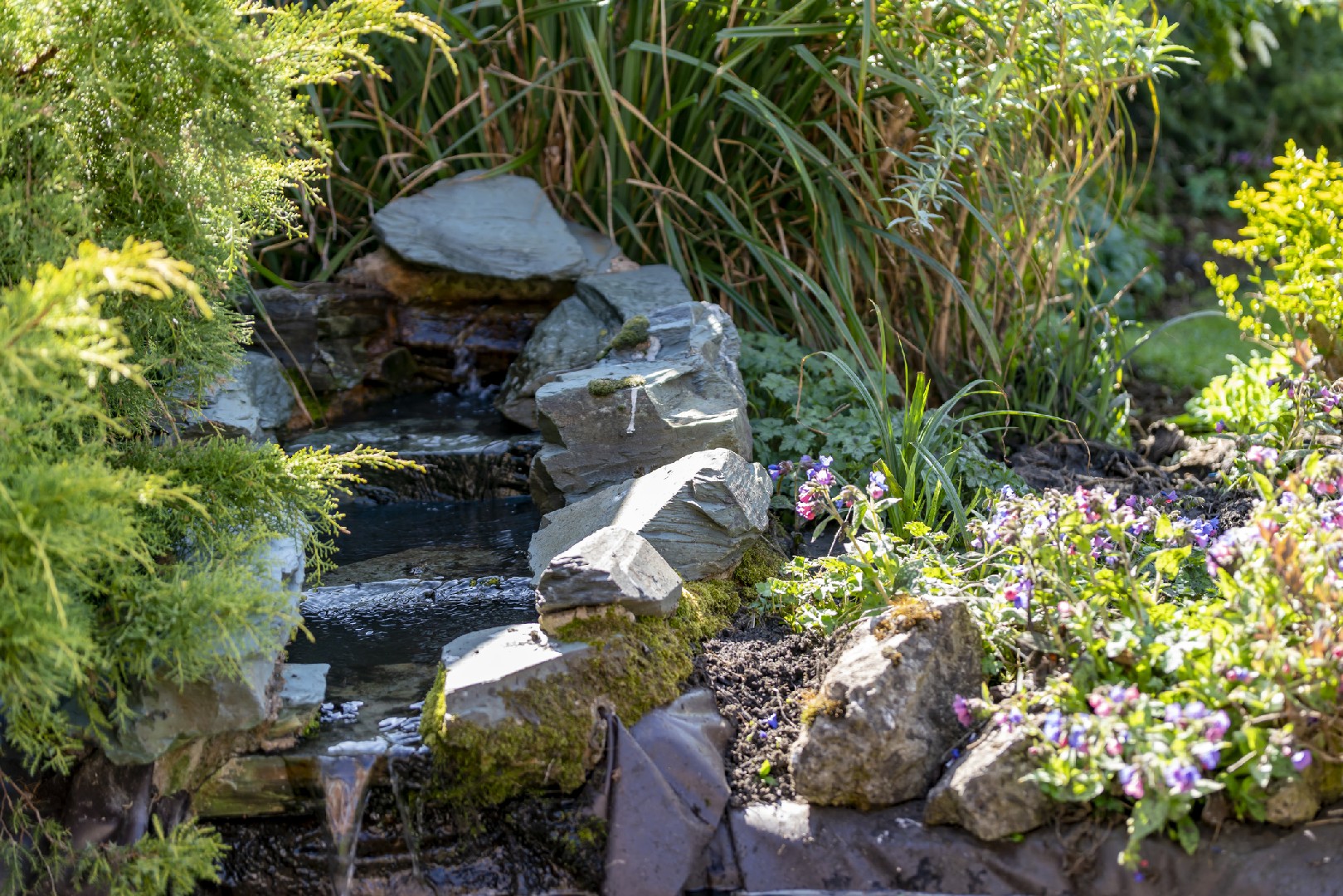![Rectangle]()
Practical Examples: Hardscaping Done Right
In order to understand how to create captivating and functional hardscaping focal points in your garden, let's take a look at a case study of a garden that successfully incorporated hardscaping. This will provide practical examples and key insights that you can apply to your own garden.
The case study garden, located in a suburban neighborhood, transformed their backyard into a stunning outdoor oasis with clever hardscaping choices. The first step they took was to assess their space and identify the focal points they wanted to create. They decided to focus on two areas: a seating area and a water feature.
When it came to the seating area, they chose to use natural stone pavers to create a durable and visually appealing patio. They carefully selected the size and color of the stones to complement the surrounding greenery. Additionally, they incorporated comfortable outdoor furniture and added a pergola for shade and privacy.
The water feature they selected was a beautiful stone fountain. They placed it in a central location, ensuring that it could be seen from multiple vantage points in the garden. By carefully positioning the fountain and surrounding it with lush plants, they created a captivating focal point that added both visual interest and the soothing sound of running water.
One of the key aspects of their success was the attention to detail in the design and installation process. They ensured proper drainage for the patio and implemented lighting to highlight the hardscaping features at night. They also considered the maintenance requirements of their choices, opting for low-maintenance materials and plants that would thrive in their specific climate.
From this case study, we can derive several important lessons. First, it's essential to carefully plan and consider the focal points you want to create in your garden. Whether it's a seating area, water feature, or any other element you choose, think about how it will enhance the overall aesthetic and functionality of the space.
Second, attention to detail is crucial. Proper installation, drainage, and lighting can make all the difference in the success of your hardscaping project. Take the time to research and understand best practices, or consult with a professional if needed.
Lastly, don't forget to think about maintenance. Choose materials and plants that are suitable for your climate and lifestyle. Low-maintenance options can save you time and effort in the long run.
By applying these lessons and taking inspiration from successful case studies, you can create captivating and functional hardscaping focal points in your own garden. Remember to plan carefully, pay attention to detail, and think about how your choices will contribute to the overall beauty and functionality of your outdoor space.





